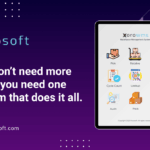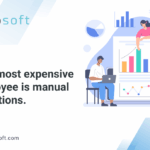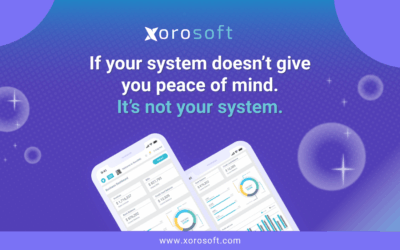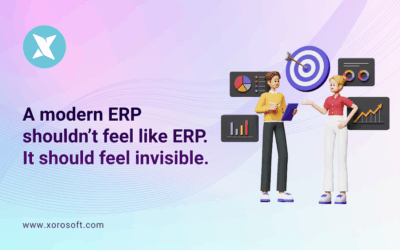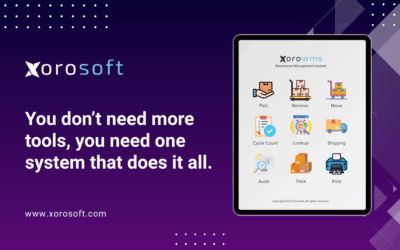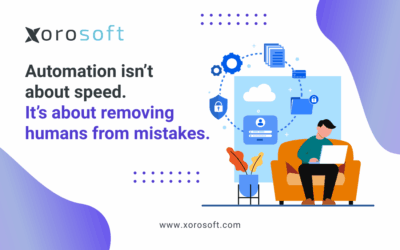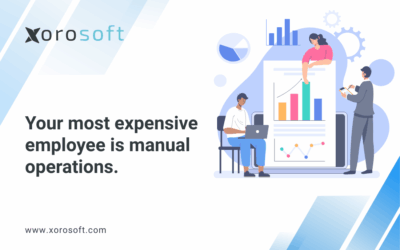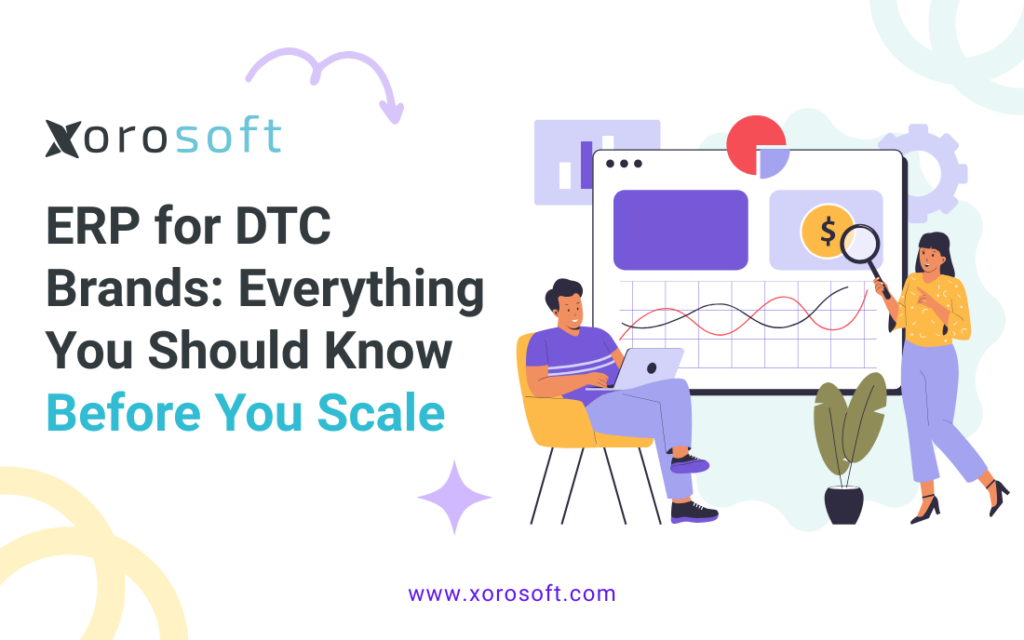
Scaling a DTC Brand Feels Like Rocket Fuel—Until It Doesn’t
Growing a direct-to-consumer (DTC) brand feels electric—and, sooner than you expect, ERP for DTC brands becomes the difference between smooth scale and daily chaos. Sales spike. New SKUs launch. Channels multiply.
However, cracks appear just as fast. Inventory gets lost in spreadsheets. Orders slip through the cracks. Customers complain about delays even though your team is working overtime.
Because growth shouldn’t feel like firefighting, it’s worth asking: what would it look like to scale with control, not friction?
Why Disconnected Tools Break Down as You Grow
At first, Shopify, QuickBooks, and a warehouse app feel enough. However, once growth accelerates, only ERP for DTC brands prevents inventory chaos, delayed fulfillment, and accounting bottlenecks.
-
Stockouts and overselling: Bestsellers disappear from shelves while Shopify still says “in stock.” Consequently, refunds spike and reviews suffer.
-
Fulfillment slowdowns: Orders pile up because allocations aren’t clear; therefore, pickers wait and packages miss deadlines.
-
Accounting lag: Discounts, refunds, and COGS never align; as a result, reporting drifts from reality.
-
Team burnout: Instead of planning CX, employees waste hours moving data. Meanwhile, ops leaders lose visibility.
In short, the apps that fueled your launch start blocking your scale.
The Hidden Root Cause Behind Operational Chaos
The core issue isn’t your team—it’s your systems.
-
No single source of truth: Sales, inventory, and finance live in silos. Consequently, two teams operate with different data.
-
Outdated information: By the time spreadsheets are shared, the numbers are wrong. Therefore, decisions lag behind demand.
-
Siloed workflows: Marketing, warehouse, and accounting speak different “tool languages.” As a result, handoffs leak time.
-
Startup-focused apps: Early tools weren’t built for multi-warehouse or cross-border complexity; hence, they bend and break.
Because systems are fragmented, your operation inherits fragmentation too.
The Tipping Point: Why ERP for DTC Brands Matters
There’s a moment when the question changes from “Which app do we add?” to “How do we run the entire business?” That’s the ERP moment.
A modern ERP becomes the operating backbone, not another add-on. It unifies orders, inventory, fulfillment, and finance so every team works from the same record.
-
Real-time inventory everywhere: See stock by warehouse, channel, and status. Moreover, prevent overselling with precise allocations.
-
Seamless order flow: Orders from Shopify, Amazon, and wholesale route automatically; consequently, pick-pack-ship stays on pace.
-
Integrated accounting: Sales, refunds, and landed costs sync automatically; therefore, month-end closes without drama.
-
Team-wide visibility: Everyone sees the same truth; as a result, meetings shift from debating numbers to executing plans.
Put simply, ERP for DTC brands replaces reaction with readiness.
Why Xorosoft ERP Fits DTC Growth Like a Glove
This is where Xorosoft ERP stands apart. It’s cloud-native, fast to deploy, and built specifically for scaling DTC brands.
-
Warehouse Management built-in: Receiving, bin locations, picking, packing, and shipping are core functions. Consequently, warehouse teams cut errors and save time.
-
Native channel connections: Shopify, Amazon, EDI, and 3PLs integrate directly—no messy middleware. (Shopify app here)
-
Multi-location and multi-currency ready: As you expand globally, the system already fits.
-
Hundreds of API integrations: Furthermore, your stack automates without endless syncing.
-
Live visibility across the business: From inventory aging to COGS, everything updates in real time.
-
Proven usability: Ranked #1 in Ease of Use on G2; accordingly, adoption is fast. (See G2 ranking)
Ultimately, Xorosoft doesn’t just connect data—it orchestrates your entire operation.
Metrics That Matter With ERP for DTC Brands
Dashboards only matter if they drive action. Accordingly, a strong ERP surfaces the KPIs that actually shape outcomes:
-
Fill rate and promise accuracy: Did customers receive what was promised on time? If not, which constraint caused the miss?
-
Aged inventory and margin leakage: Moreover, which SKUs tie up cash or erode margins through discounts?
-
Pick productivity and error rate: Therefore, are picking and packing improving week over week?
-
Cash conversion and close speed: Since accounting is integrated, you can close faster and reinvest sooner.
Because these metrics update instantly, operators adjust tactics the same day—not next quarter.
A Day in the Life Once Systems Work Together
Morning stand-up starts with accurate data. Orders are prioritized by SLA, and inventory is already reserved, so assignments are smooth.
Marketing launches a promo at noon. ERP for DTC brands reserves inventory automatically; therefore, ads never oversell the last units. Finance monitors margin in real time, not weeks later.
By evening, pickers finish on time. As a result, carriers hit cutoffs and customers receive tracking numbers without delay. Nobody stays late reconciling spreadsheets.
Signs It’s Time to Invest in ERP for DTC Brands
If any of these sound familiar, the time is now:
-
You launch a new channel and oversell within days.
-
A second warehouse is coming online, but your apps can’t manage transfers.
-
Month-end close drags on, and therefore decisions slip.
-
Customer promises are “mostly” accurate, but not reliably.
The cost of waiting compounds quietly. Conversely, the benefit of switching compounds faster.
Scaling Smarter Without Losing Control
Scaling should feel exciting, not exhausting. With ERP for DTC brands, powered by Xorosoft, your growth engine runs on real-time data, connected workflows, and clarity across teams.
👉 Ready to see it live? Book your demo today. Meanwhile, check our Shopify app and G2 ranking to hear from other operators.
Because when your operations run clean, your brand can finally scale on purpose.


